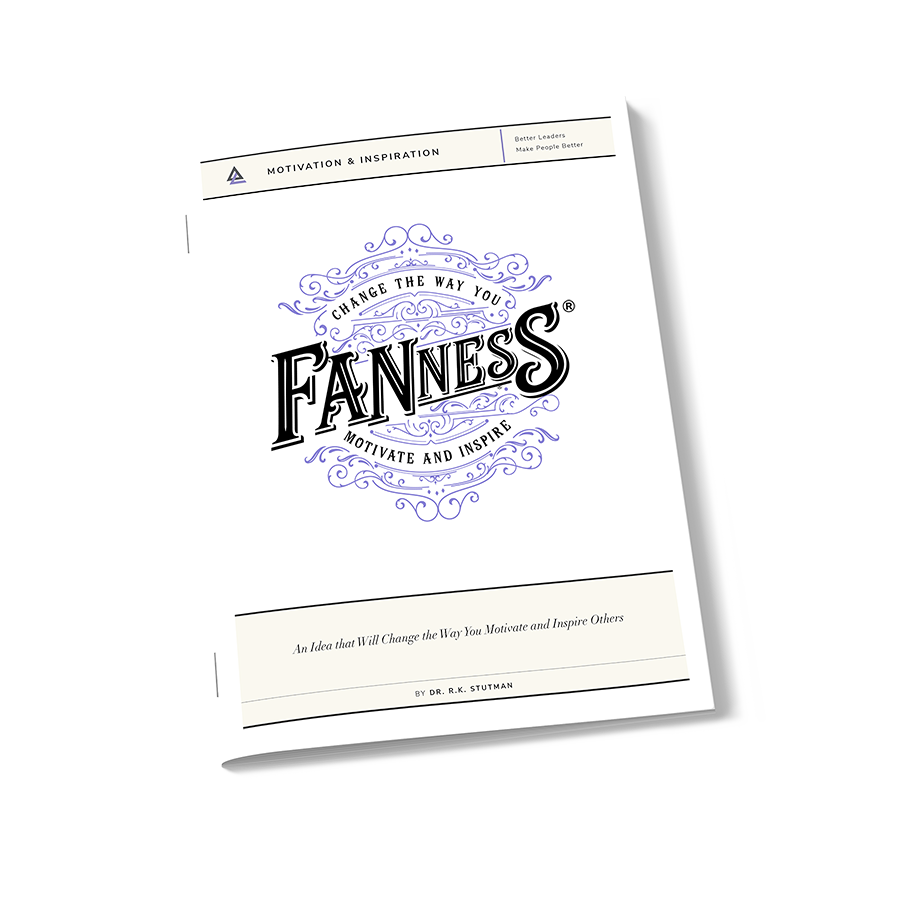Parkinson’s Law suggests that work always expands to fill the time available to do it.
People naturally plan their work to fill whatever time has been allotted. Leaders who give a team a month to do something find that it takes a month.
When leaders give people more time than they need, teams generally make poor use of the added flexibility. They simply postpone making real progress until they have to.
Once the pressure to complete the work is upon them, teams focus their attention and use the remaining time available.
But what happens when leaders give people less time than they think they need to get things done?
Aggressive timelines have a material effect on how people think about what is possible and how they go about achieving a desired outcome.
As a rule, when any deadline and the consequences of not fulfilling it loom near, attention becomes laser-focused and full of intensity.
Equally impactful is the innovation and creativity people marshal to achieve the goal. People get incredibly creative when timelines become compressed. Innovation typically skyrockets when leaders set near-impossible timelines.
Extreme timelines also encourage efficiency. Such deadlines require people to identify steps that aren’t necessary and eliminate them.
For instance, leaders who give a team only half of the time expected to conduct a meeting force the team to isolate only the most critical issues and to table everything else.
Teams facing a bold deadline simplify their work by stripping out anything that isn’t essential.
While leaders must be cautious about when they use time as a tool to focus attention and turbo-charge innovation, there are instances when this is the best strategy to achieve something extraordinary.
Achieving audacious goals often requires compressed timelines. Rather than giving people the time they think they need, savvy leaders sometimes squeeze the timeline and ask people to adapt.
Contracting timelines too frequently will likely contribute to burnout, stress, and dissatisfaction. But every once in a while, condensing the time available can produce a dash toward a goal that unleashes the creative juices required for a real breakthrough.
Some of the most impressive gains in society have been achieved when leaders have set unreasonable timelines. Just think of the creation of the iPhone, the race to walk on the moon, and the development of vaccines like penicillin and COVID-19.
More aggressive deadlines can also be self-imposed on individual tasks. When performers and practitioners constrict the time available to attain their goals, they sometimes see a spike in productivity.
To paraphrase C. Northcote Parkinson, “If you have all day to do the job, it will probably take you the whole day, but if you only have two hours, you will find a way to do it in two hours.” Some tasks and goals deserve the intensity of a shorter time frame.
What deadlines should you shorten to find a new way?

The Impact of Compressing Timelines
Sign-up Bonus
Enter your email for instant access to our Admired Leadership Field Notes special guide: Fanness™—An Idea That Will Change the Way You Motivate and Inspire Others.
Inspiring others is among the highest callings of great leaders. But could there be anything you don’t know, you haven’t heard, about how to motivate and inspire?
Could there really be a universal principle that the best leaders follow? A framework that you could follow too?
There is.
Everyone who signs up for Admired Leadership Field Notes will get instant access to our special guide that describes a powerful idea we call Fanness™ (including a special 20-minute video that really brings this idea to life).
